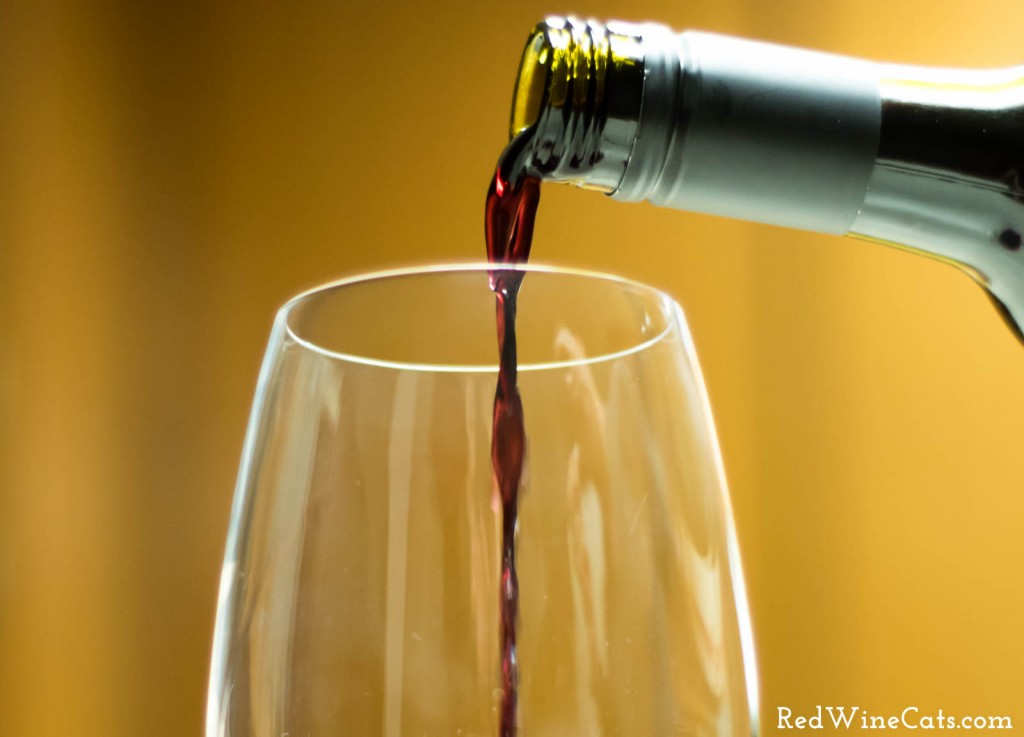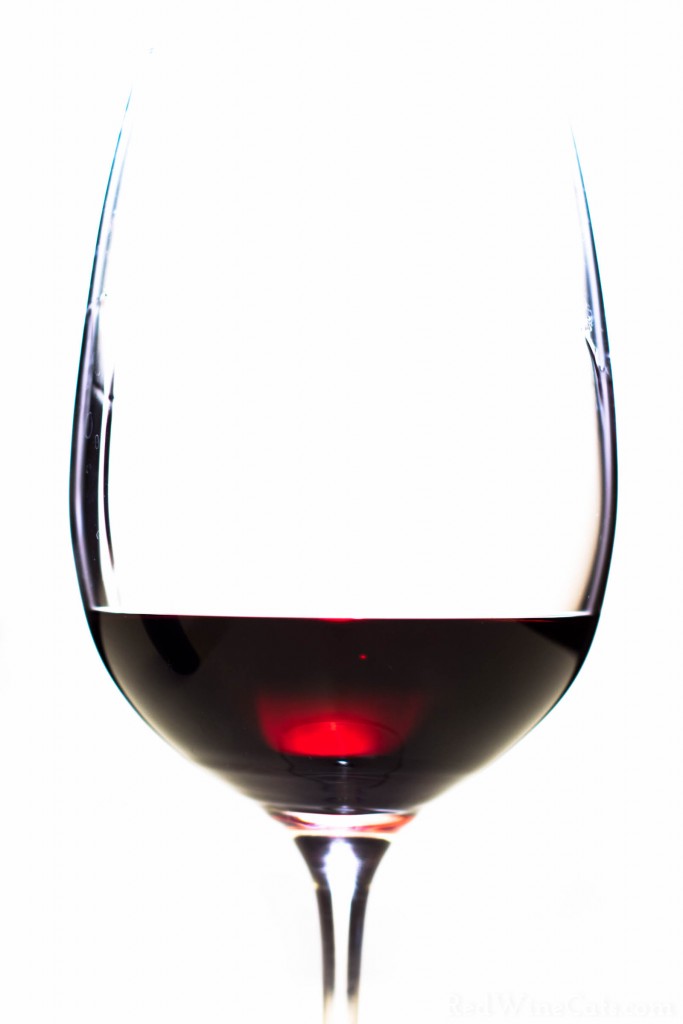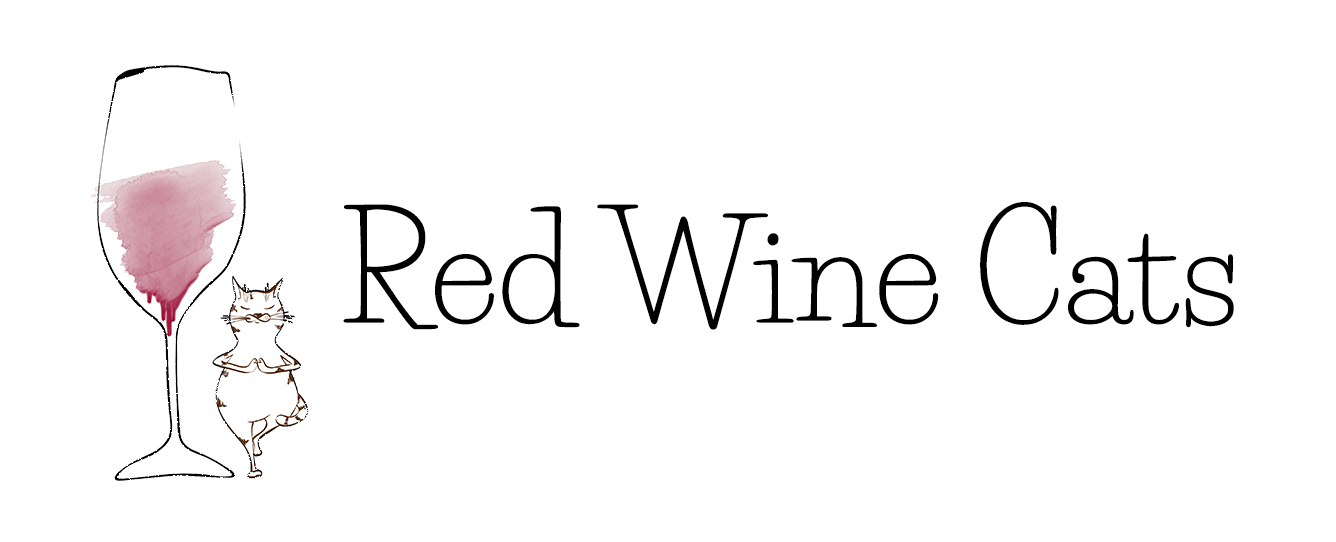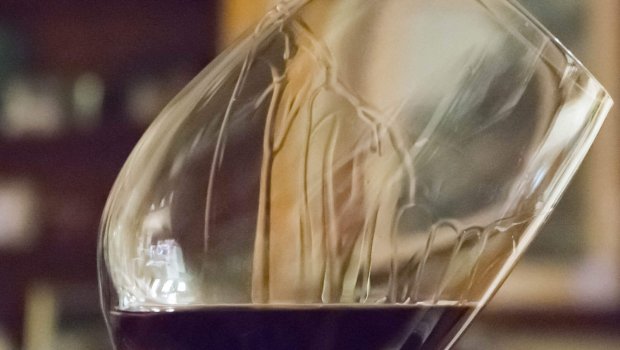Red wine can seem like a mysterious elixir with way too many names to memorize. Sometimes the label has the name of the grape (Merlot, Syrah, etc.) so you know what you’re buying, and other times it’s named by the region. Let’s say you want to try a French wine and choose a bottle labeled Bordeaux. Bordeaux is a wine region in France, but how do you know what’s in it? This is where a little research helps. The two main grapes used in Bordeaux red wine are Cabernet Sauvignon and Merlot. However, they can be blended with others such as Cabernet Franc, Malbec, and Petit Verdot. What grapes are used and how it’s made is completely up to the winemaker and specific regulations, and every region has their own laws. There’s so much to learn! But, learning is fun and so is wine!

Back to Basics
Wine can seem so intimidating. But, keep in mind that even wine experts weren’t always experts. They started by learning the basics and probably drank a lot of terrible, cheap wine like the rest of us.
So, just think of wine simply as fermented grape juice. That’s all it is. Even if someone has spent years studying wine, they still won’t know everything.
With each vintage (year the grapes are harvested) a new wine is made, and with it, new complexities. Was it a warm or cold growing season? Did the winery have to pick the fruit early this year? Will there be more acidity than the prior vintages? If not, is it tasting flat? Will the winemaker artificially add acid to liven it up, or blend it with another grape, like Albarino (white wine grape known for having higher acidity)?
“Old wood best to burn, old wine to drink, old friends to trust, and old authors to read.” ~Athenaeus
There’s just so many variables! But, as a new wine consumer, you don’t have to know all the details or science behind winemaking. It’s fun to just learn and try new wines, and find out what types of wine you like.
The Journey to Learning About Wine is Personal and Unique to Everyone
Let’s reel it back in and get back to simplicity. This post will point out some of the very basics for learning about red wine, along with some tips for the true novice. Just know, everyone sees, describes, and tastes wine differently. One person may love a certain wine and someone else will hate it. Someone may say a wine tastes like strawberry and pine, another will get raspberry and herbs. There’s no “right or wrong” way to taste or enjoy wine.
True Basics
Red wine is made from red grapes (red, black, purple, reddish grapes). Wine grapes, vitis vinifera, are smaller, sweeter, and have more seeds than the ones we buy and eat from grocery stores. They’re grown in beautiful vineyards, all over the world.

A Vineyard in Santa Ynez California
Tips & Facts
- The color of wine comes from the grape’s skin. Colors vary with each varietal (type of grape). Some, like a full-bodied Shiraz from Australia, may be deep red/purple and opaque in the glass. Pinot Noir will be lighter in body and may be more of a translucent ruby color. Some wineries who produce cheap, bulk wine may use additives, such as “Mega Purple” (among hundreds of legally allowed additives in wine) to their wines to achieve a desired color. This is why so many wine geeks are seeking out natural wines!
- Serve at room temperature. Red wine is to be served (tasted, sipped, drank) at ~55-65 F. If you’re at a restaurant and the bottle served seems warm, it’s o.k. to ask them to chill it down a bit. When I began drinking wine, I took “red wine at room temperature” literally. I also live in Arizona and in the summer especially, room temperature could be near 80F. Ever tried a cheap, grocery store Malbec at 80F? If you have, you may have declared “This is horrible! Who drinks this stuff!?” as it burned your esophagus on the way down to gut rot.
- Red wine goes bad… pretty fast. Open a bottle and enjoy it. If you don’t finish it, cork it back up quickly as possible and put it in the refrigerator (oxidation occurs when wine has been exposed to too much oxygen, and your wine will taste bad). Ideally, you’d have a temperature controlled wine frig and a quality wine stopper/saver. It will be o.k. the next day, but by day 3-4 you’ll notice it isn’t as good as you remember. Some argue it’ll be fine, but just try it at 3-7 days later and test for yourself.
“Wine improves with age. The older I get, the better I like it.” ~Anonymous
- Store in a cool, dark space. Never leave an opened (or store unopened bottles) bottle on the kitchen counter, next to the stove or window (heat and light can damage/alter wine) and offer it to a friend at the end of the week or month (gasp!). Unless you don’t like them and find it amusing to watch them cringe at the foul, rancid vinegar you just gave them.
- Most Wine You Purchase is Meant to be Enjoyed Now. Most wine we purchase is meant to be drank now and are not age-worthy. If there’s a bottle of Malbec in your wine rack that’s been sitting there for more years than you can remember, most likely it won’t taste very good. This isn’t always the case, as some do age well (best to consult the winery/winemaker or your local wine shop). This all depends on how it’s made, the winemaker’s notes, and how it’s been stored. If it’s been exposed to light or heat over the years, it may have gone bad.
“Men are like wine – some turn to vinegar, but the best improve with age.” ~Pope John XXIII
- Tasting Red Wine is Complex. Well, yes and no. It doesn’t need to be at first. Just take a small sip and take note of what you like and dislike. You can read all about how to properly taste and the things to look for, but at first, just try it. Does it taste tart? That means there’s some good acidity in there. Does it make your tongue pucker and dry up, similar to drinking black tea? Those are the tannins. They naturally occur in wine, mainly coming from the grape skins and stems. Is it sweet? That’s the residual sugar (If it’s “dry” it won’t be sweet). The main thing winemakers want is balance. If all the components in wine are harmonious, nothing should jump out at you in an offensive way. Tasting red wine is complex for professionals. A Sommelier (sommel-yay, or se-mel-yay… oh, just refer to them as a “Somm”, it’s easier) will swirl, sniff, repeat, ponder, and swish some in their mouths before spitting out. Casual wine drinkers don’t do that, and there’s no need to spit. At a tasting room, if you don’t like the wine you’re sampling, it’s perfectly fine to pour out the remainder of your glass into the designated bucket on the counter.
New to red wine? Try a Petite Sirah or a Zinfandel to start. They tend to be fuller bodied and can often be described as “jammy”…
- So, as a beginner, just look at the wine, smell it, take a small taste and let it linger in your mouth for a few seconds. Don’t gulp it or fire it back like a shot. Think about what you like or don’t like about it and try to remember what kind it was. The more you taste, the more you’ll know.
“Anyone who tries to make you believe that he knows all about wines is obviously a fake.” ~ Leon Adams, The Commonsense Book of Wine


